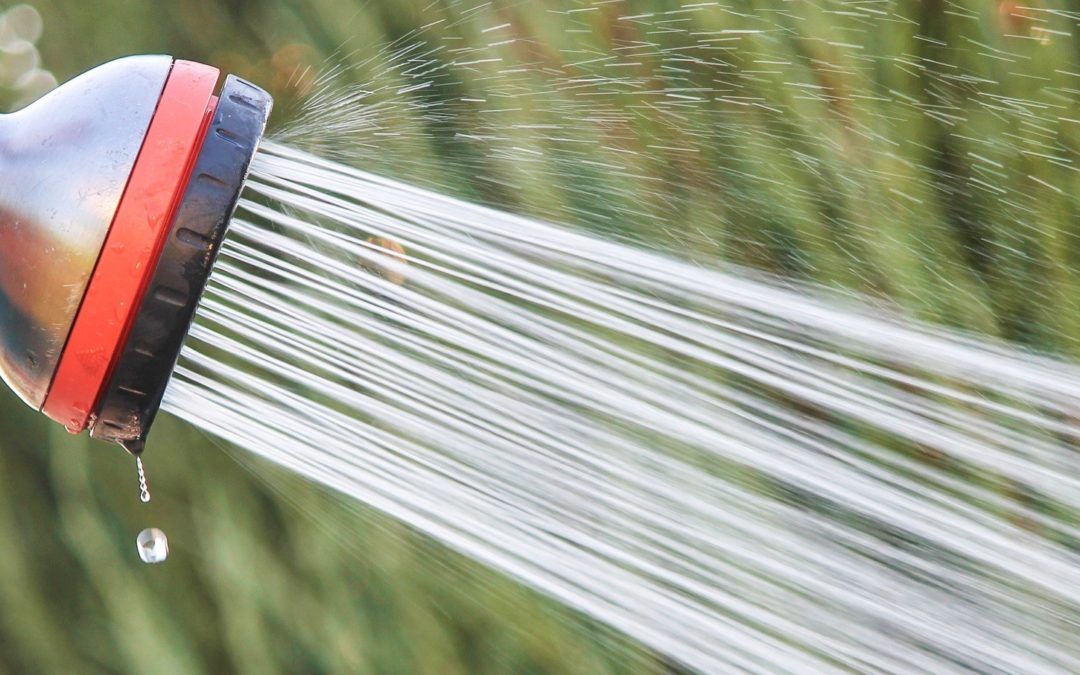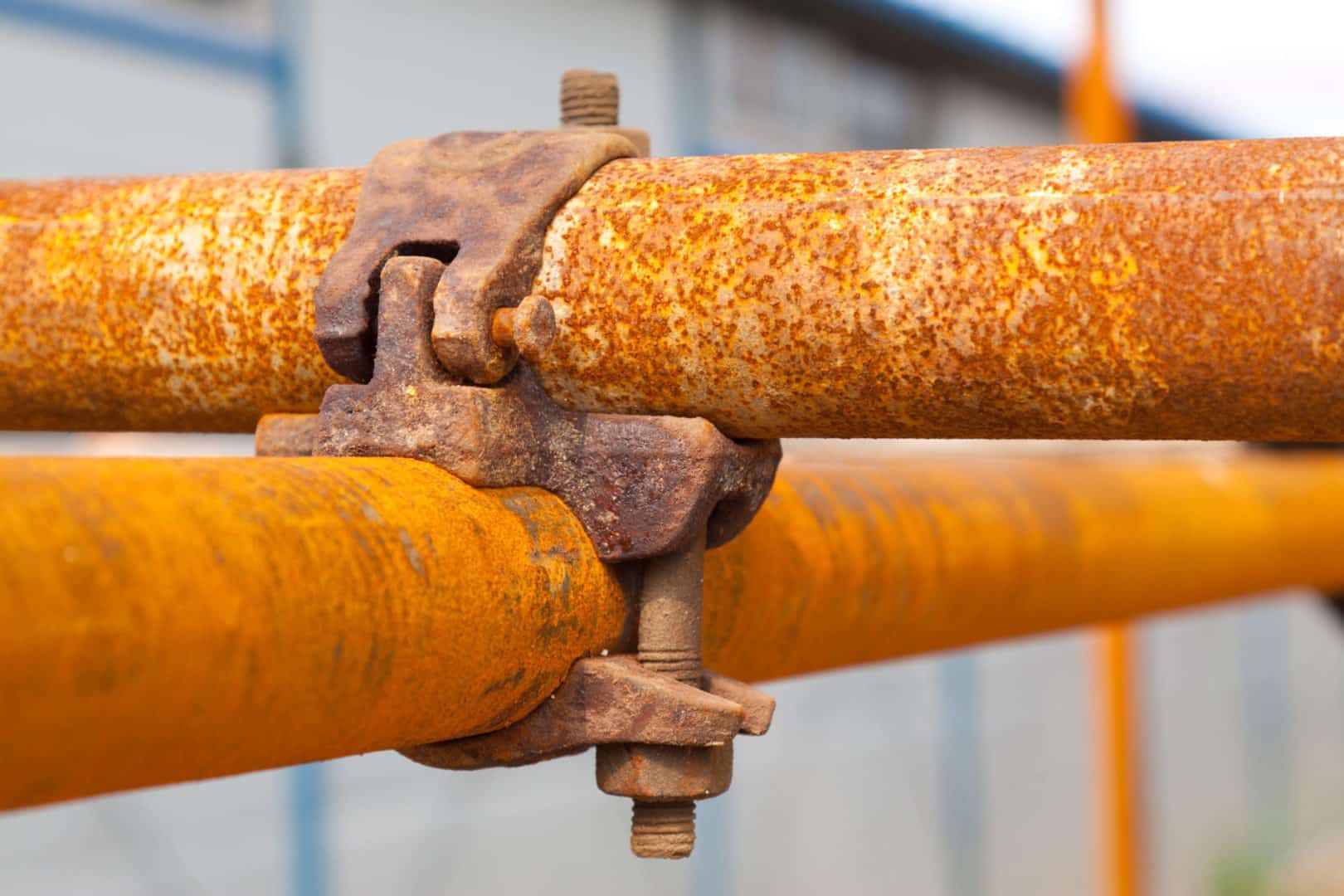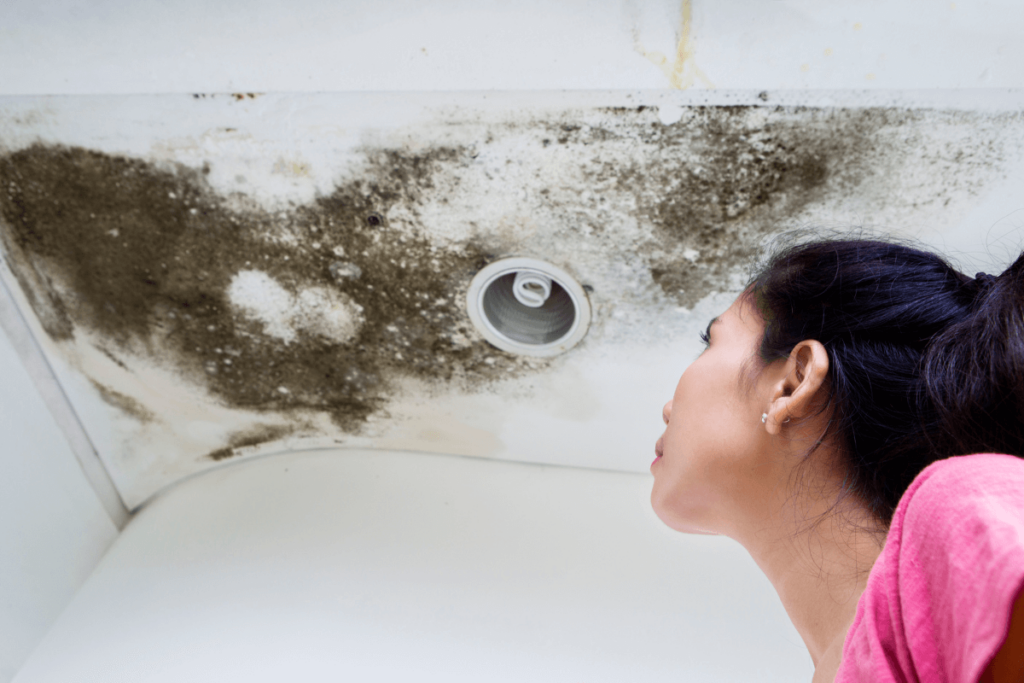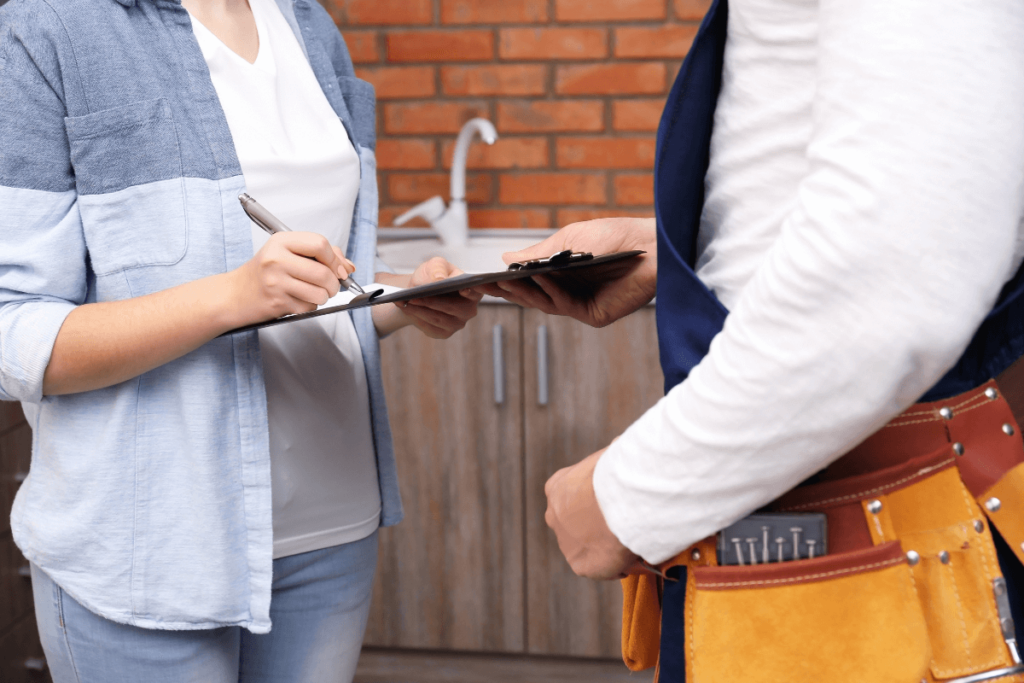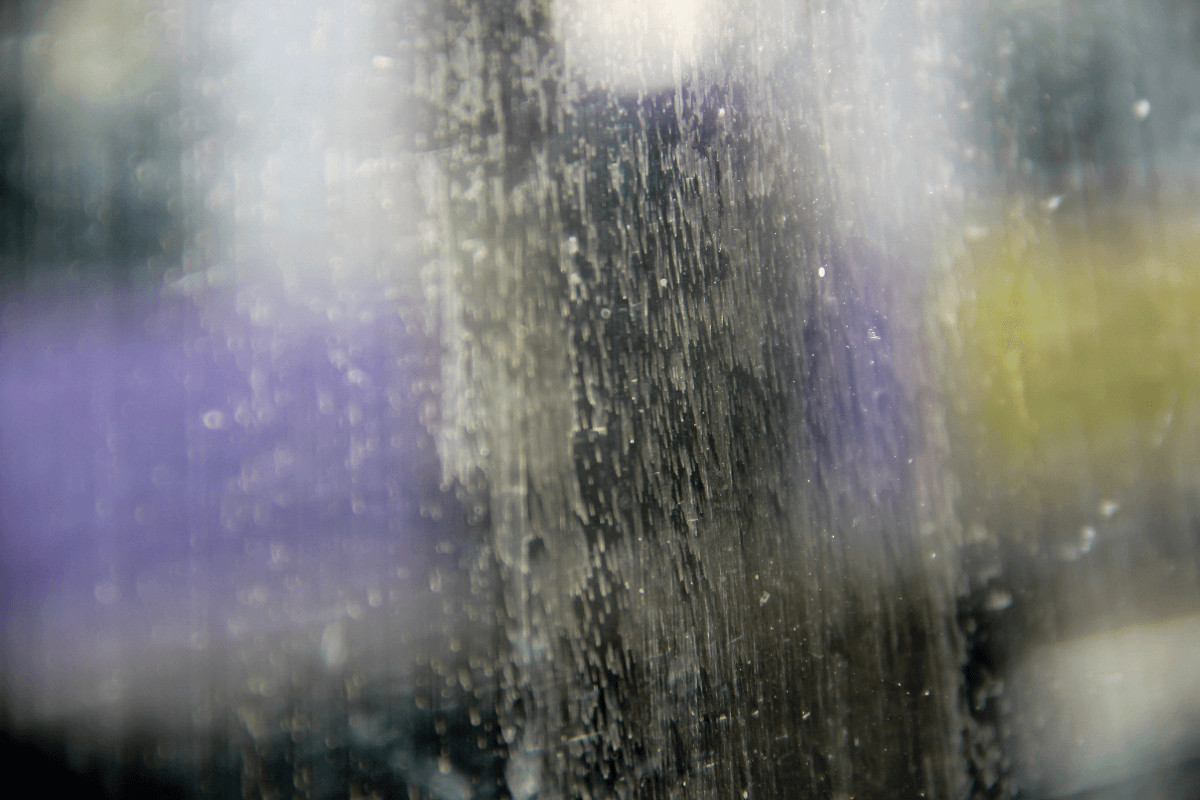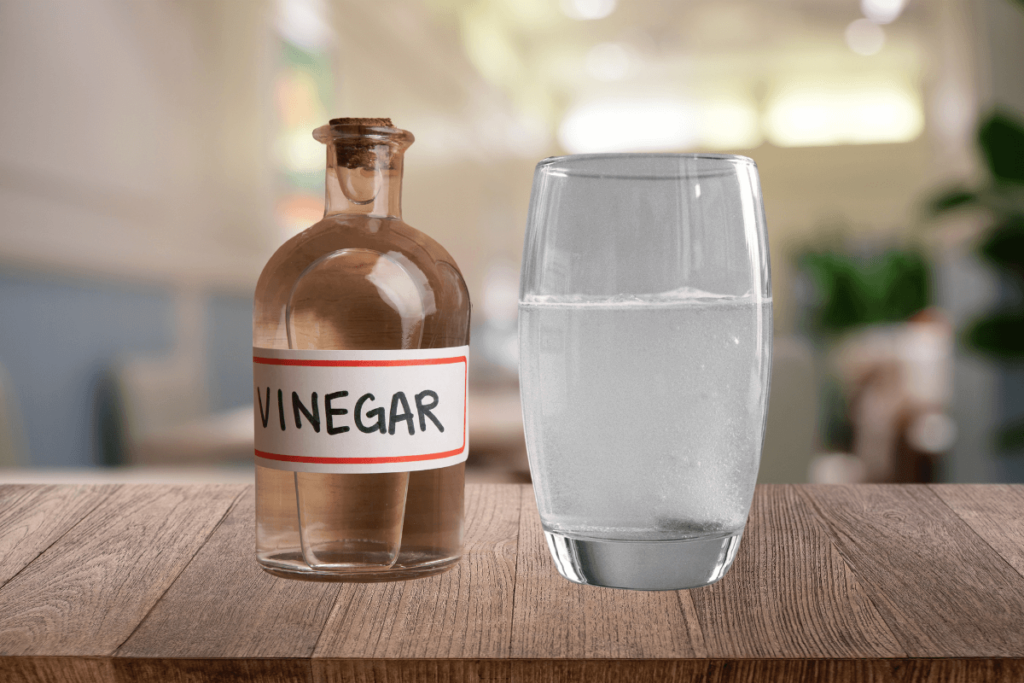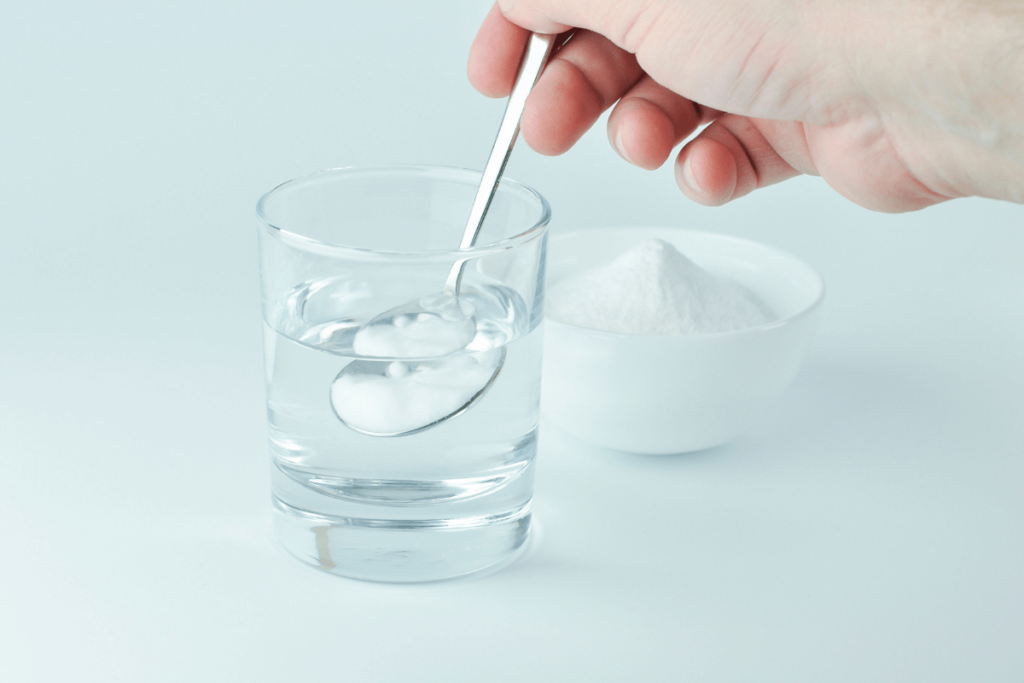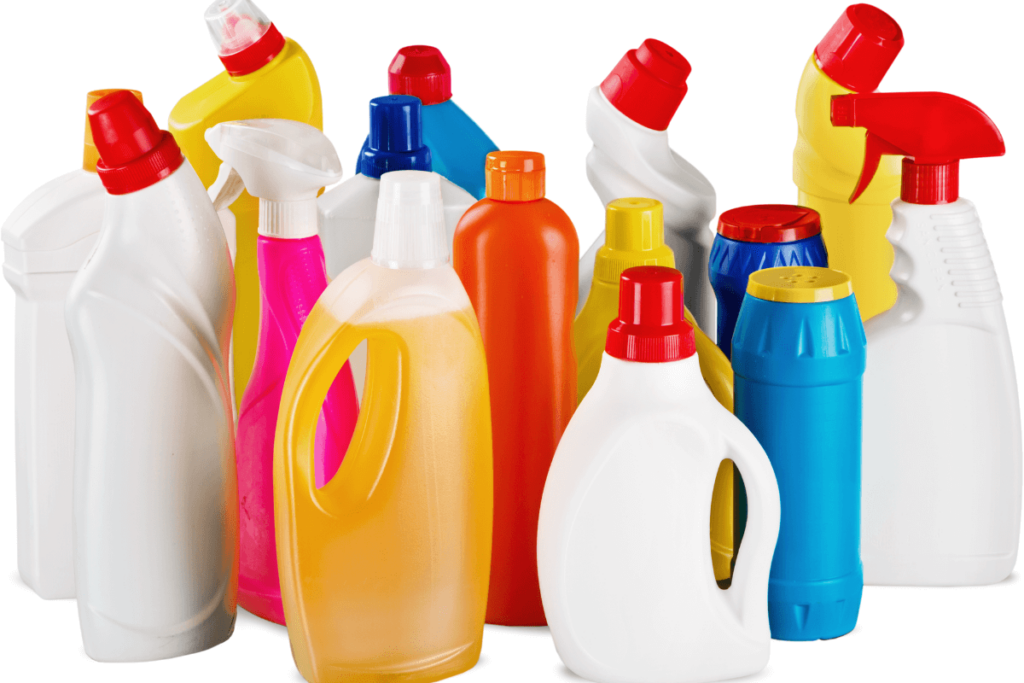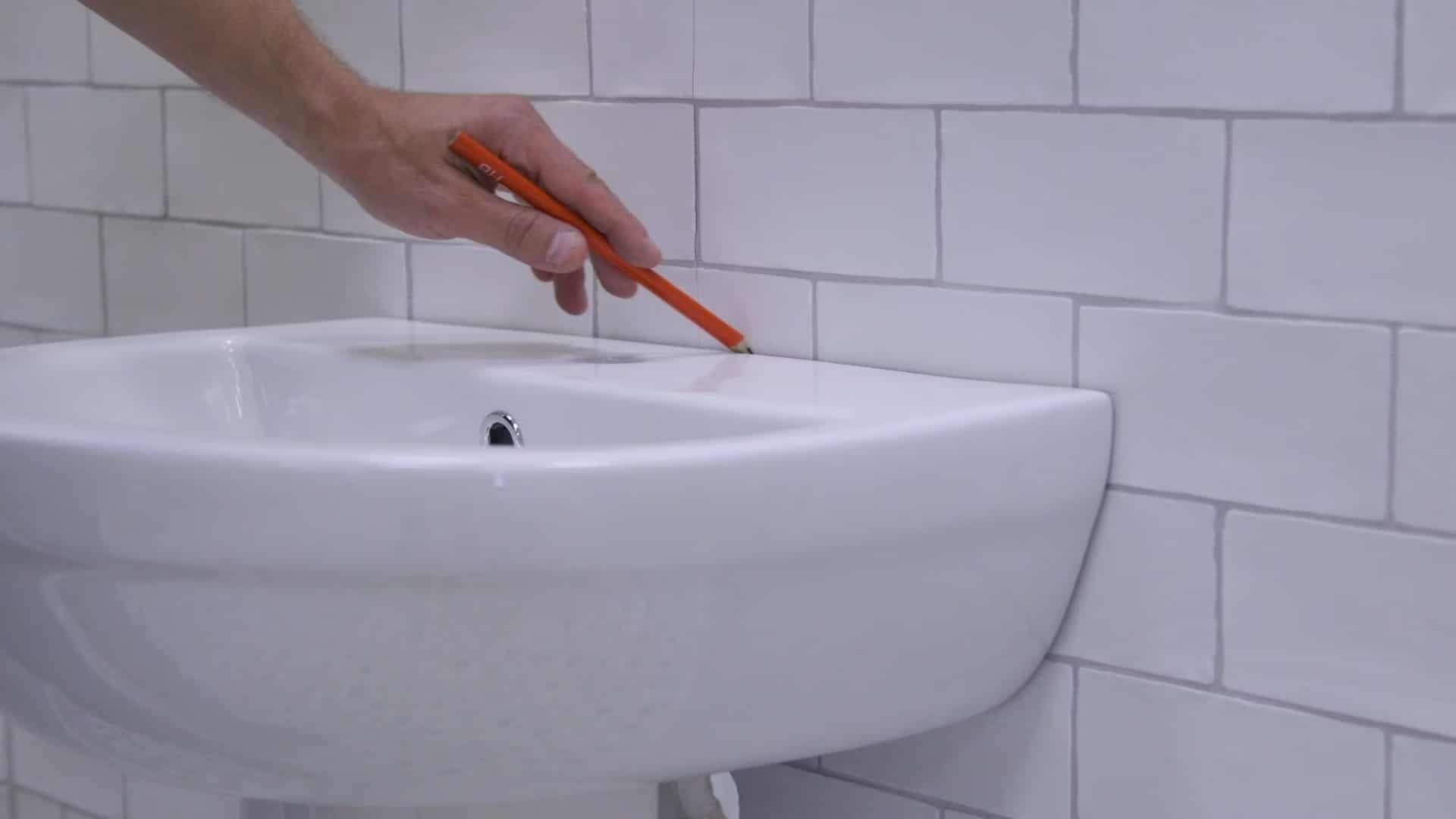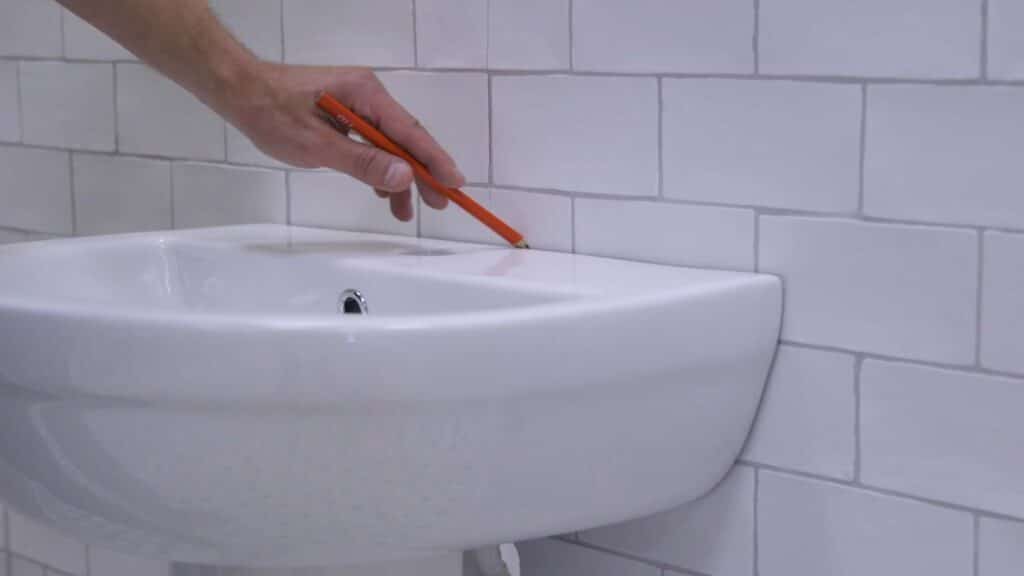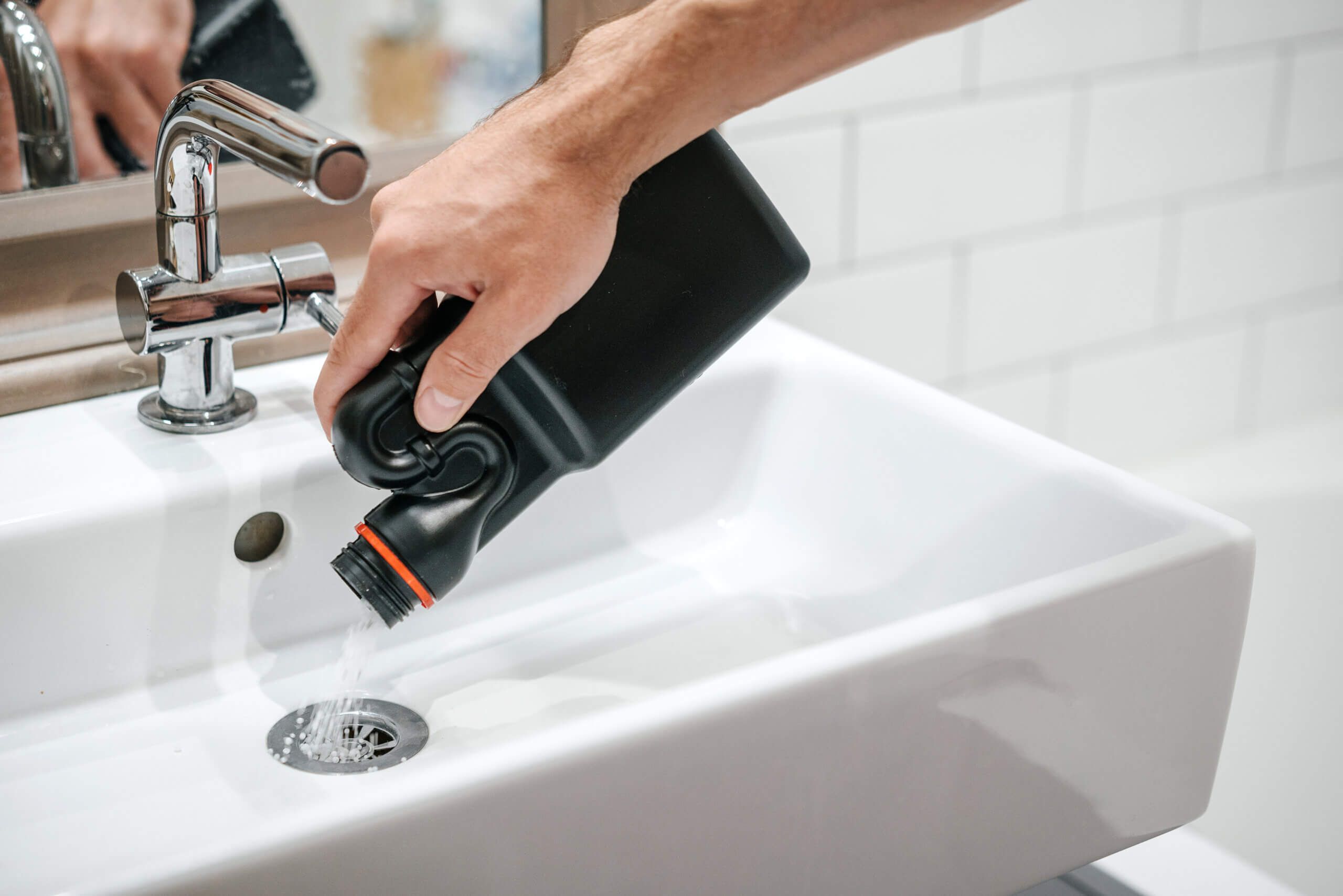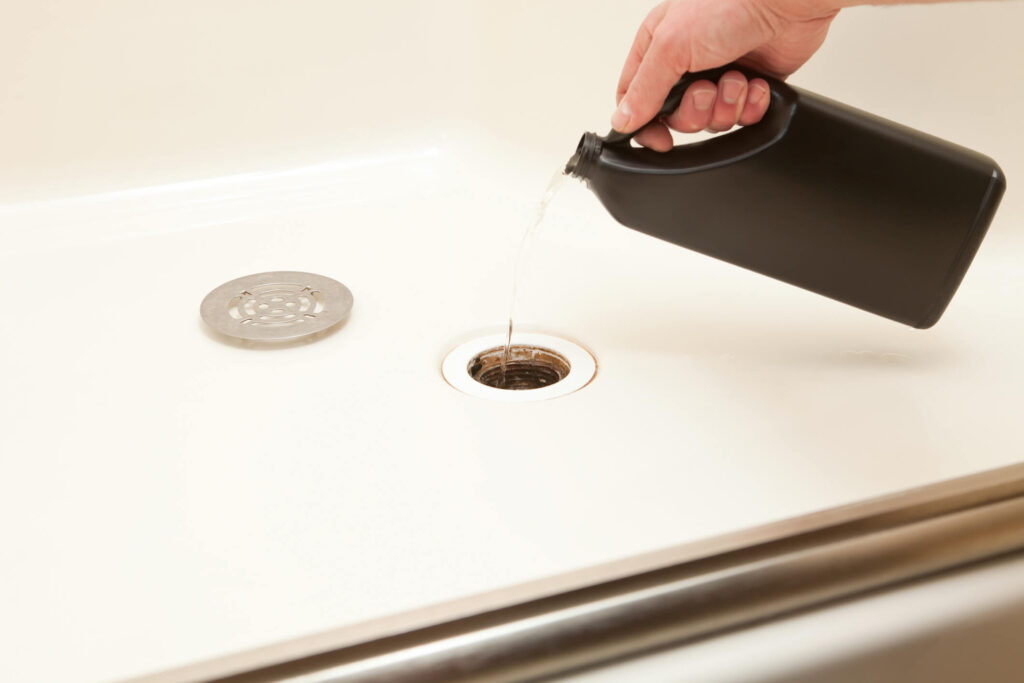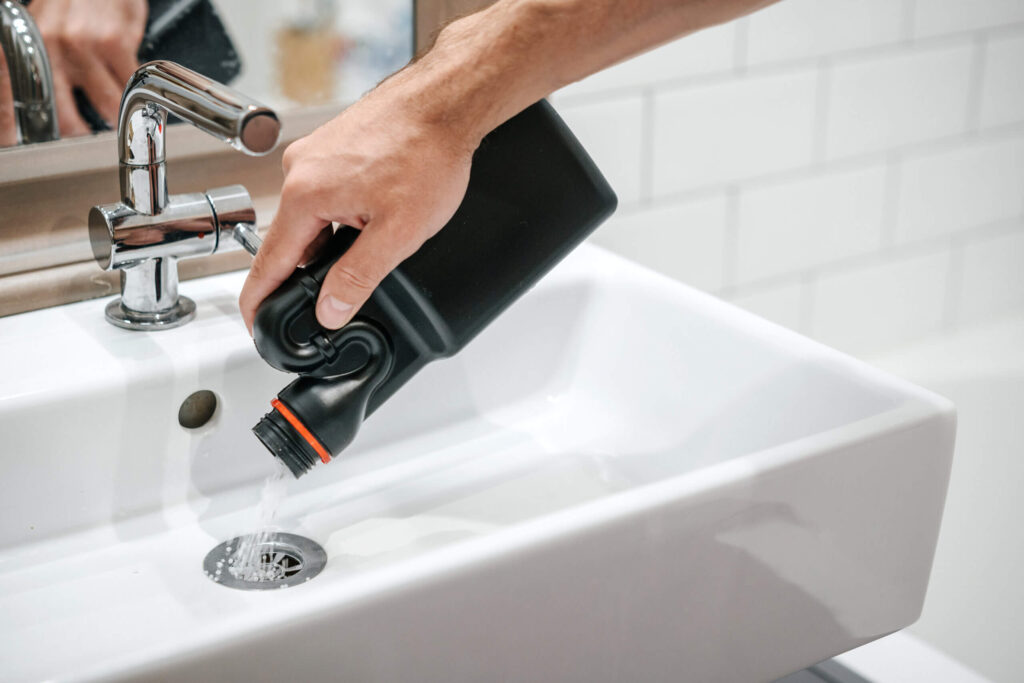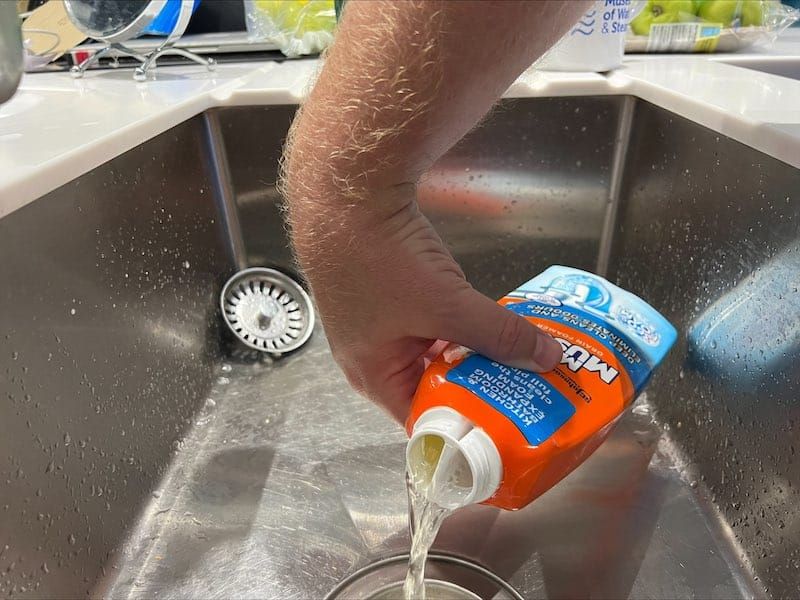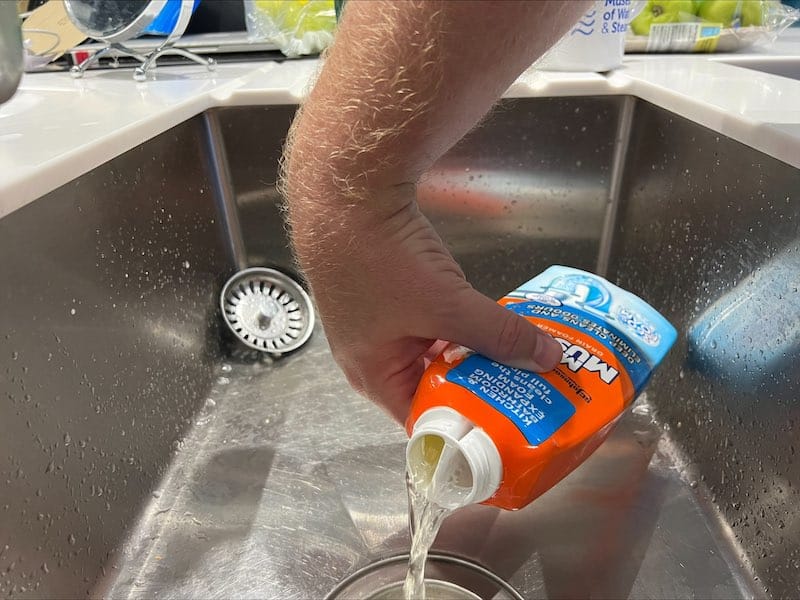Stepping into an icy shower or facing the sting of cold water when you expect a warm embrace can be a jarring wake-up call that something’s amiss with your water heater. Like a silent guardian, the water heater is often overlooked until its warmth fades, plunging your daily routines into chilly disarray.
Diagnosing the root causes requires a blend of detective work and knowledge, with signs pointing toward issues ranging from simple to complex.
Identifying the Signs Your Water Heater Needs Attention
Embarking on a journey to ensure the longevity and efficiency of your home’s water heater requires a keen eye for detail and an understanding of common indicators of malfunction.
Whether you’re greeted by a blast of cold water, find yourself adjusting the shower knob far too often in search of the perfect temperature, or your senses are assaulted by foul odors and discolored water, your water heater is crying out for help. Recognizing these signs as sentinel events pointing towards a need for intervention can transform you from a distressed homeowner to a proactive guardian of your abode’s warmth and comfort.
No Hot Water at All
Encountering a situation where your water heater fails to deliver any hot water transforms an expected comfort into an inconvenient chill. This absence of warmth often signals a deeper issue within your system – it could be as straightforward as a tripped circuit breaker or as complex as a malfunctioning heating element. Addressing this symptom promptly can restore the equilibrium of your domestic harmony, turning icy showers into a forgotten memory.
Water Temperature Inconsistency
Water temperature inconsistency, a mercurial tyrant within the realm of home comfort, often betrays a hidden quandary within the depths of your water heating system. This capricious behavior, where the water veers between scalding and icy with no apparent rhyme or reason, can point to thermostat malfunctions or the sinister encroachment of sediment within the tank. Such fluctuations are not merely inconvenient; they stand as harbingers of the necessity for a closer look beneath the surface of your water heating apparatus.
Discolored Water or Bad Odor
When your water heater begins to emit foul odors or your tap dispenses discolored water, it’s akin to your appliance sounding the alarm: something’s amiss internally. This scenario often stems from bacteria thriving in the tank or sediment build-up, both of which compromise water quality and the system’s efficiency. Recognizing these unwelcome changes as your water heater’s cry for help ensures you take timely action to shield your home from the subtle threat lurking within.
Strange Noises Coming From the Heater
When your water heater begins to serenade you with a symphony of pops, knocks, or rumbling tones, it’s not attempting to channel its inner musician; rather, it’s signaling distress. These auditory anomalies often stem from sediment rolling over the heating element or the unsettling dance of boiling water within sediment layers, warning of inefficiencies and the potential for heating element doom. Heeding these sounds as the clarion call they are could save you from a cold morning shower’s embrace.
Leaks Around the Water Heater
Discovering a puddle around your water heater is akin to finding an unexpected oasis that, unfortunately, signals trouble in paradise rather than relief. This unwelcome wetness typically heralds a leak, either from the tank itself, indicating potential corrosion or a breach, or from the connections and fittings that bind your heater’s intricate dance of heat and water.
Troubleshooting Gas Water Heaters
Transitioning to the domain of gas water heaters unveils a new set of characters instrumental in the narrative of your home’s warmth.
As the custodian of this crucial appliance, your introduction to three pivotal acts – inspecting the gas supply and pilot light, cleaning the gas burner and intake, and checking the thermocouple – sets the stage for understanding and rectifying the reasons behind a malfunctioning heater.
Each step is a chapter in the broader saga of troubleshooting, designed with precision to guide you through the labyrinth of potential setbacks your water heater faces, ensuring the flame of functionality remains ignited.
Inspecting the Gas Supply and Pilot Light
Peering into the heart of your gas water heater, a critical eye on the gas supply and pilot light unveils the initial elements vital to its operation. Ensuring the valve that ushers gas into your heater stands fully open becomes a paramount step, akin to unlocking the gate to warmth’s flow. Observing the pilot light, that tiny sentry of flame, should flicker with life, signifying the readiness of your system to combat the cold; a dim or absent flame whispers the need for immediate attention, beckoning a reignition to restore your home’s comfort.
Cleaning the Gas Burner and Intake
Initiating the task of cleaning the gas burner and intake on your water heater is akin to clearing the throat of a vocalist before a performance: it ensures the steady, uninterrupted flow of gas and air essential for an optimal flame. This maintenance step, often overshadowed by more immediate repairs, plays a critical role in preventing the erratic heating and inefficiency that plague neglected systems. By removing the grime and debris that accumulate over time, you not only enhance the efficiency of your gas water heater but also extend its life, making this task a cornerstone of proactive home appliance care.
Checking the Thermocouple
Exploring the domain of gas water heaters further, the thermocouple emerges as a pivotal character amidst the tangle of potential issues. This slender guardian, tasked with sensing the presence of the pilot flame, can veto the gas supply when it suspects the flame’s absence, a safety measure designed to prevent uncontrolled releases of gas. Should your water heater falter in its mission to deliver warmth, turning your gaze towards the thermocouple’s function and integrity offers a crucial checkpoint in the troubleshooting process, urging a careful examination or replacement to reignite the steady stream of comfort to your home.
Troubleshooting Electric Water Heaters
Wading through the waters of electric water heater troubleshooting requires a targeted approach to uncover and rectify issues that leave you in the cold. Central to restoring the warmth to your waters are three critical investigations: a thorough examination of the heating elements, the imperative reset of the high-temperature cutoff switch, and a meticulous inspection of the thermostat.
Each step is a beacon in the fog, guiding you towards not just understanding but solving the enigma of a water heater that refuses to perform its essential function.
Checking the Heating Elements
Delving into the heart of your electric water heater’s woes often leads to the heating elements, those stalwart soldiers responsible for transforming electrical energy into the heat that warms your water. If your showers have turned icy, it’s crucial to inspect these components for signs of corrosion or damage. A heating element veiled in mineral deposits or marred by wear no longer sings in harmony with electricity, reducing its capability to heat water efficiently and signaling the need for a swift replacement.
Inspecting the Thermostat
Turning your investigative gaze towards the thermostat, you enter into a dialogue with the very nerve center of your water heater’s operation. This essential component, acting as the maestro conducting the symphony of heat within your appliance, might fall out of tune, misinterpreting the demands for warmth as invitations for silence. By ensuring the thermostat is accurately calibrated and free from the shackles of electrical malfunction, you safeguard the continuous flow of hot water, reinstating the comfort and convenience your home deserves.
When to Seek Professional Help or Consider Replacement
Navigating the labyrinth of your water heater’s inconsistencies might lead you to a critical juncture: deciphering whether to enlist professional assistance or weigh the anchor in favor of replacement.
This crucial decision hinges not merely on troubleshooting the current dilemma but on a broader analysis that spans evaluating the age and condition of your water heater, juxtaposing the financial implications of repair against replacement, and charting a course toward finding a technician whose qualifications align with the task at hand.


